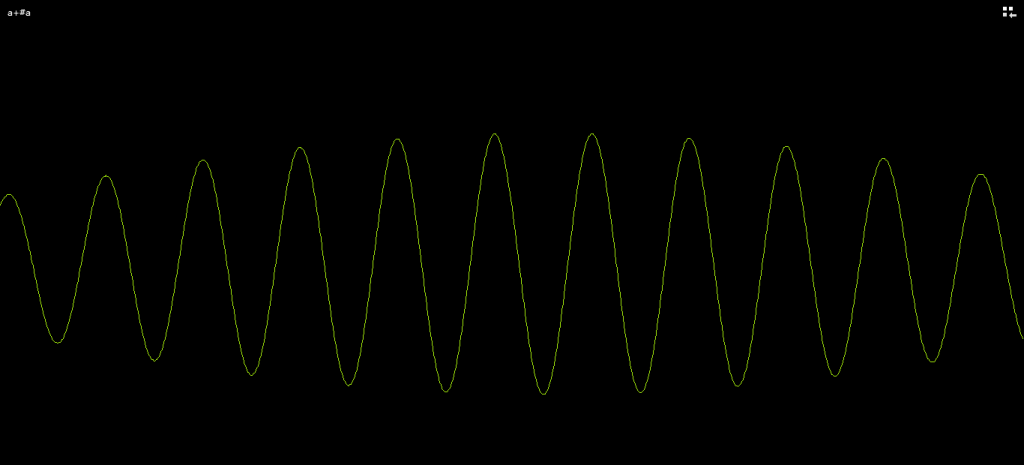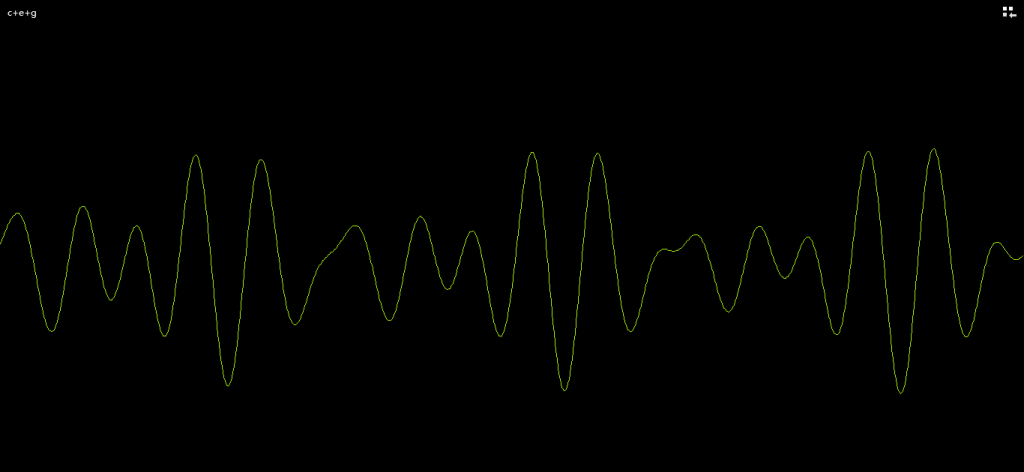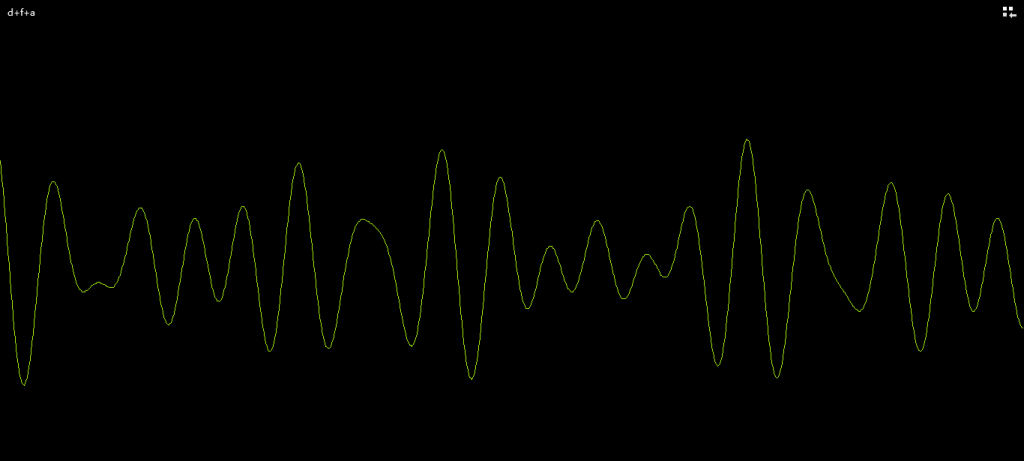Questions:
- Can we see sound?
- Can we hear light?
- Difference between the musical scales?
- FFT(fast Fourier transform)?
- How to decide the position of a sound source by hearing a sound?
- Relationship between the intensity of sound and its energy?
- Difference between harmonic and dis-harmonic sound?
- Why early computers use mercury delay line as storage?
- How to build a delay line?
- How much information can be stored in a delay line?
- How does a square wave sound like?
- How does 20Hz sound sound like?
- How does 20000Hz sound sound like?
- What if there is a language that can carry the most information with a shortest word?
- How will that language sound like?
- Which language now on earth has the highest information density?
- What is the world without sound like?
- What is the world with too much sound like?
- How to transform sound into digital signal?
- How to transform digital signal into sound?
Sounds with different frequency (in an increasing order)
1
2
3
4
(maybe uncomfortable)
different sounds are generated according to the “equal temperament” rule, where sound a is 440Hz and the ratio of frequencies of each two sounds next to each other is 2^(1/12)
Sound with different shape
sin(x)

sin(x)+1/3*sin(3x)

sin(x)+1/3*sin(3x) +1/5*sin(5x) +1/7*sin(7x)

Computer-made music
twinkle twinkle little star
with sine wave
twinkle twinkle little star
with square wave
(it sound different)
Ode to Joy
Sounds of different frequency added
This is the combination of a and #a
Notice that this is not a harmonic chord

The combination of c, e and g (which is do mi and sol)
Notice that this is called a “major triad”

The combination of d, f and a (which is re fa and la)
Notice that this is called a “minor triad”
